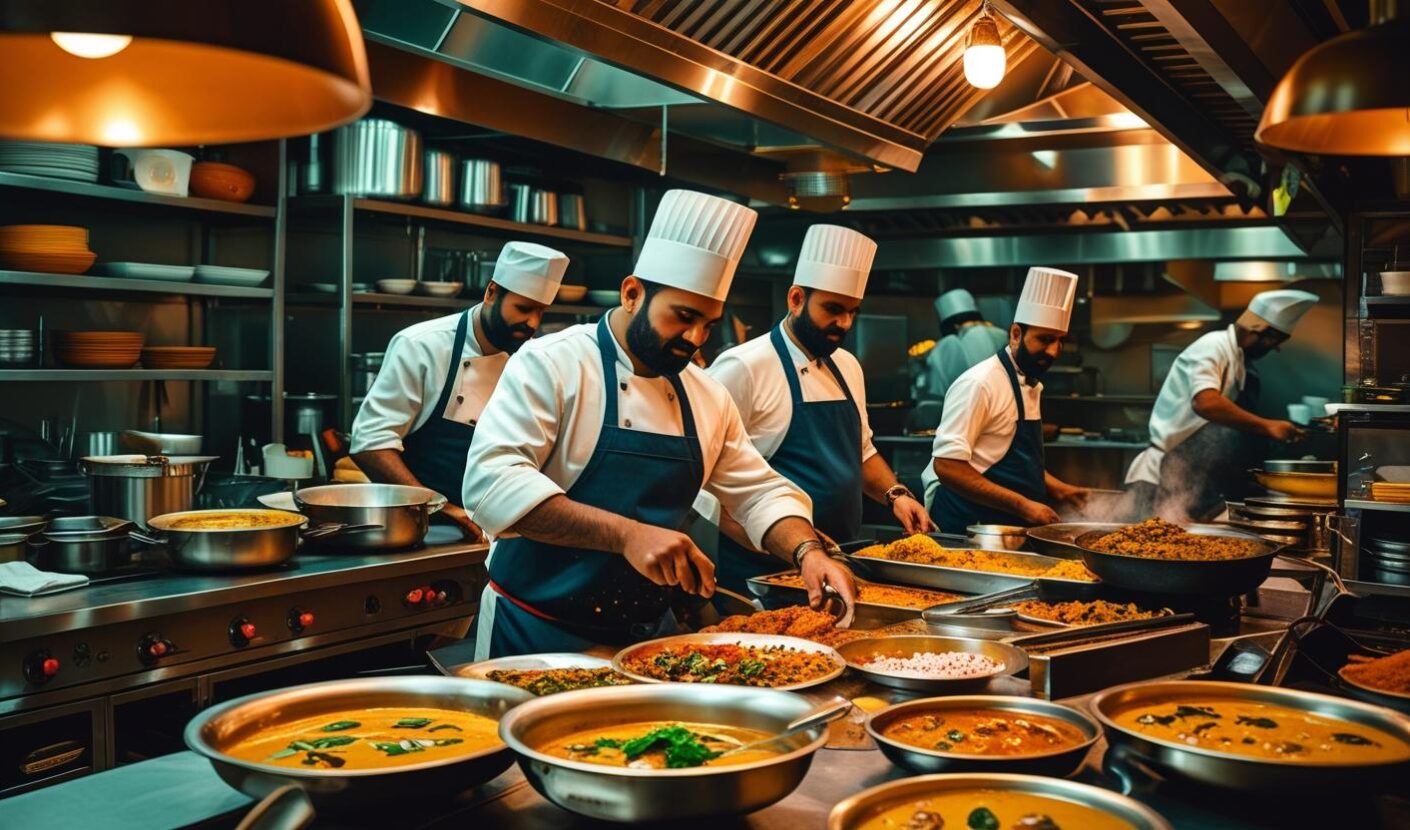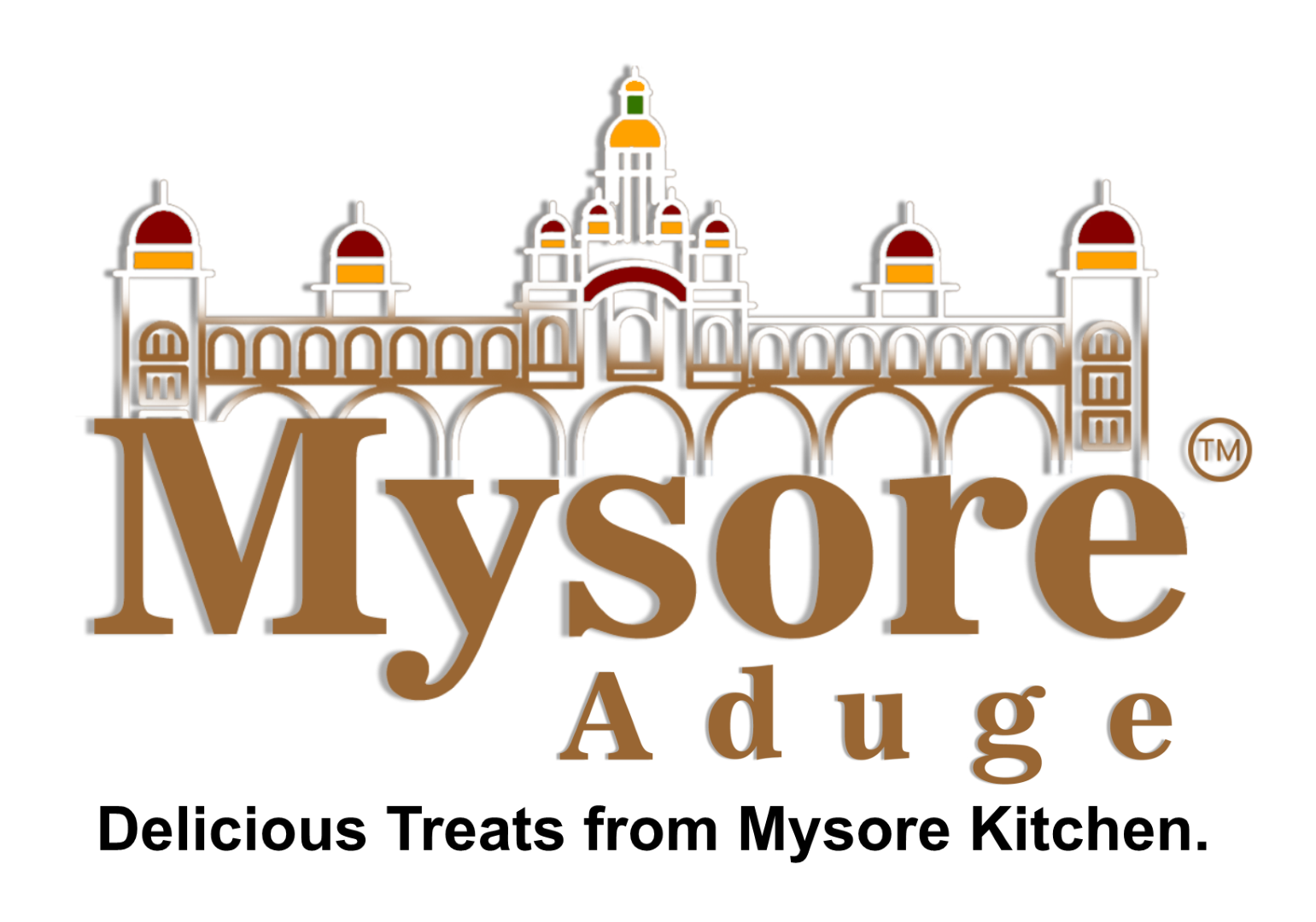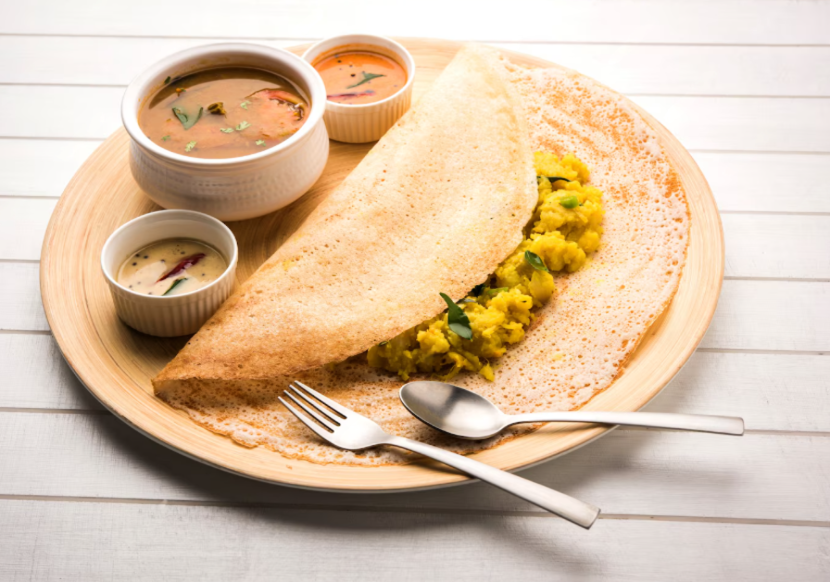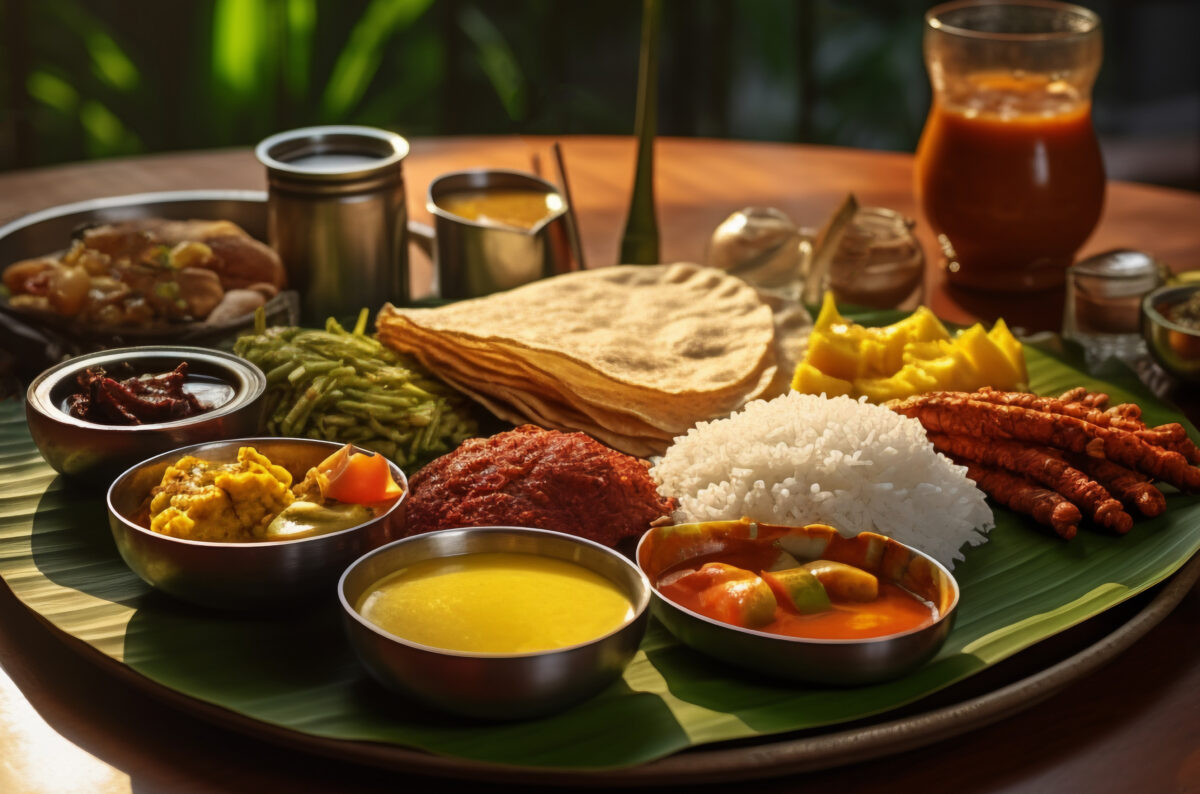
- June 26, 2025
How to Open a Restaurant in India: A Complete Step-by-Step Guide for 2025
If you’re asking how to open a restaurant in India, you’re already on the right path. Starting a food business in India is one of the most rewarding ventures today. In the first few lines, let us be clear—to open a restaurant in India, you need a combination of planning, legal compliance, budgeting, and marketing.
This guide gives you the complete process of how to open a restaurant in India in 2025. We’ll walk you through choosing a restaurant concept, handling investment and licensing like FSSAI, assembling your team, and even how you can fast-track your journey through a proven franchise like Mysore Aduge. Whether you’re an aspiring entrepreneur or an experienced professional, this blog will answer every question you have.
Understanding India’s Food Industry Landscape
To understand how to open a restaurant in India, you must first explore the ecosystem you’re entering.
India’s food industry is growing at a rapid pace. With a mix of dine-in options, takeout services, cloud kitchens, and food trucks, the Indian restaurant space is dynamic and constantly evolving. Consumers today are more experimental, health-conscious, and digitally connected.
Here’s what’s influencing the current market:
- Massive demand for authentic and regional cuisines like South Indian Cuisine.
- Growth of delivery apps such as Zomato and Swiggy.
- Increased popularity of cloud kitchens.
- Cultural shift toward dining out and trying new cuisines.
- Strong support from digital marketing platforms that make promoting your brand easier.
Understanding these trends helps you make informed decisions as you explore how to open a restaurant in India.
Step-by-Step Restaurant Setup Process
To successfully execute how to open a restaurant in India, follow these crucial steps:
1. Decide Your Concept and Restaurant Type
Before you invest a single rupee, you must decide what kind of restaurant you want to open. This is the heart of your business.
Options include:
- Quick Service Restaurants (QSRs) for fast food and takeaway.
- Casual dining restaurants for a more relaxed experience.
- Fine-dining establishments that focus on ambiance and service.
- Cloud kitchens that focus only on delivery.
- Specialty restaurants like vegetarian or regional cuisines (e.g., authentic South Indian food by Mysore Aduge).
Your choice should reflect your budget, passion, target market, and available space. Knowing your concept early makes the rest of the process of how to open a restaurant in India far easier.
2. Create a Solid Business Plan
You cannot succeed in the restaurant industry without a clear and detailed business plan.
Your business plan should include:
- Market research to understand customer behavior and competition.
- Defined goals and timelines for launching and growing.
- Detailed cost projections and profit forecasts.
- Operational structure including supplier lists and staffing requirements.
- Marketing strategies for offline and online platforms.
A well-prepared business plan answers the “why” and “how” behind your restaurant and sets the foundation for how to open a restaurant in India with a clear direction. For more on this, check our guide on the best franchise business in Mumbai.
3. Choose the Right Location
One of the most critical decisions in how to open a restaurant in India is selecting the location. The wrong spot can sink even a great concept.
Key factors to consider:
- High foot traffic areas near colleges, offices, malls, or markets.
- Easy access via road or public transport.
- Nearby competition and how you differentiate from them.
- Rent structure that fits within your financial plan.
- Scope for branding and visibility (like front signage).
If you’re launching a delivery-focused setup, you can prioritize accessibility and low rent over prime location.
4. Estimate Your Investment Needs
Understanding the investment required is central to figuring out how to open a restaurant in India.
Here’s a breakdown of typical startup costs:
- Property rent and deposit
- Interior design and furniture setup
- Kitchen equipment and utensils
- Licensing and legal compliance costs including FSSAI license
- Hiring and training staff
- Initial food stock and packaging
- Marketing and branding
Depending on your scale and format, your investment can range from ₹5 lakhs (for a small cloud kitchen) to ₹50 lakhs or more (for a dine-in restaurant). For detailed cost insights, visit restaurants investment.
5. Handle Legal Compliance and Licenses
To legally run a food business in India, you must obtain certain licenses and certificates. If you’re serious about how to open a restaurant in India, you cannot skip this step.
Important licenses include:
- FSSAI License – Mandatory for all food businesses to ensure food safety.
- Eating House License – Issued by the police department to permit public dining.
- Health and Trade License – Provided by local municipal bodies.
- Fire Safety NOC – Needed to prove your premises are fire-compliant.
- GST Registration – Compulsory for taxation purposes.
- Optional licenses – Like music or liquor license, based on your business.
Start this process early, as licenses may take several weeks to be approved. The FSSAI in particular is a non-negotiable requirement in the restaurant setup steps.
Building Your Team
Once your licenses are underway, it’s time to hire your core team. For many entrepreneurs exploring how to open a restaurant in India, staffing is both exciting and challenging.
Your team should include:
- A head chef and assistant chefs
- Service staff or waiters
- A cashier or manager
- Kitchen helpers
- A cleaning crew
Provide thorough training and define clear roles. An enthusiastic and well-trained team ensures smooth operations and a positive dining experience, both essential to restaurant success.
Designing the Space and Ambience
Your restaurant’s design directly influences customer experience.
Aspects to focus on:
- Interior layout for comfort and visual appeal.
- Color themes that match your brand (Mysore Aduge uses warm, earthy tones).
- Smart kitchen layout for efficiency.
- Lighting and décor for ambiance.
- Clear brand placement (menu boards, logo, signage).
Customers remember how a space makes them feel. If you’re exploring how to open a restaurant in India, never underestimate the power of thoughtful design.
Creating Your Menu and Sourcing Ingredients
The menu is your identity. It needs to be attractive, profitable, and easy to execute consistently.
Tips for menu development:
- Offer dishes aligned with your concept.
- Keep it limited but diverse to control food cost.
- Highlight bestsellers and combos.
- Incorporate local and seasonal ingredients.
- Price competitively based on market research.
Choosing reliable suppliers is equally important. Maintaining food quality and freshness is non-negotiable if you’re serious about learning how to open a restaurant in India. Check out South Indian food menu list and famous South Indian food for inspiration.
Marketing Your Restaurant for Success
Many people learn how to open a restaurant in India but forget the importance of marketing — until it’s too late.
Marketing should start before your launch.
What works best:
- Social media teasers, countdowns, and influencer invites.
- Launch events with special discounts.
- Google My Business and SEO for local search visibility.
- Flyers and in-store banners for foot traffic.
- Loyalty programs and SMS marketing for retention.
Marketing isn’t optional — it’s a vital part of your long-term strategy.
Delivery and Technology Integration
Restaurant tech makes operations smoother and more profitable.
Essentials include:
- POS system for billing, inventory, and reports.
- Online ordering via Zomato, Swiggy, or a custom app.
- CRM for managing customer feedback.
- Delivery logistics if running a cloud kitchen.
When studying how to open a restaurant in India, don’t ignore the tech stack — it can save money and elevate customer satisfaction.
Common Mistakes to Avoid
Here’s what you must avoid while figuring out how to open a restaurant in India:
- Delaying license applications (FSSAI and GST take time).
- Spending heavily on interiors without testing the market.
- Hiring without training, leading to poor service.
- No marketing or digital presence.
- Skipping a business plan and running without goals.
Awareness is key — these mistakes can cost both time and money.
Looking for a Turnkey Restaurant Opportunity?
If you want a faster, more reliable path, a franchise model may be right for you.
Mysore Aduge, a respected brand in authentic South Indian vegetarian cuisine, offers:
- A ready-made brand identity
- Help with setup, design, staffing, and licenses
- Menu development and sourcing
- Marketing and local promotion support
Instead of figuring out how to open a restaurant in India entirely on your own, leverage a proven model and established customer base with Mysore Aduge.
Conclusion
Opening a restaurant in India can be the most fulfilling journey of your life — if done right. From your concept and restaurant setup steps to securing licenses like FSSAI, estimating investment, and launching a great menu — every detail matters.
If you’re ready to take the next step, consider joining a franchise like Mysore Aduge. You’ll get the support, branding, and systems you need — and avoid many of the pitfalls others face.
Frequently Asked Questions
Begin with a strong business plan, select a location, choose your restaurant format, register your business, and get necessary licenses before launch.
You need FSSAI, GST, Trade License, Fire NOC, and Eating House License, among others. Register your business under applicable laws.
Choose a business structure (e.g., LLP or Pvt. Ltd.), register under the Shops and Establishment Act, get PAN/TAN, and trademark your brand.
Select your concept, conduct market research, secure a location, create a business plan, and apply for licenses.
Yes, both are mandatory. FSSAI is for food safety, and GST is for tax compliance on food sales.
Not mandatory, but highly recommended for legal compliance and financial planning.
Yes, as a cloud kitchen, but you still need FSSAI, GST, and local municipal approvals.
On average, 2–4 months depending on location, license approval, and funding.







